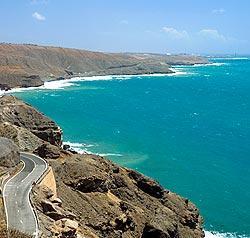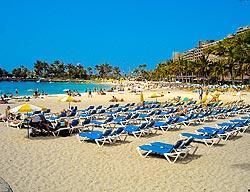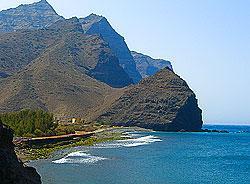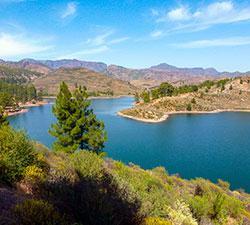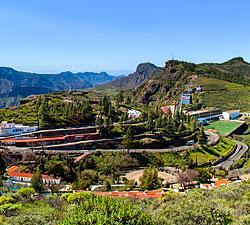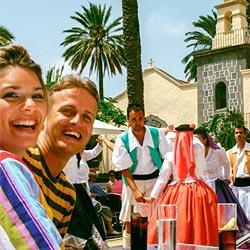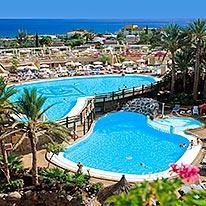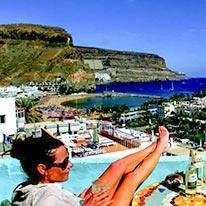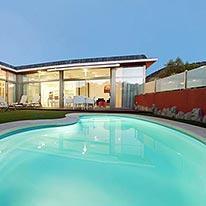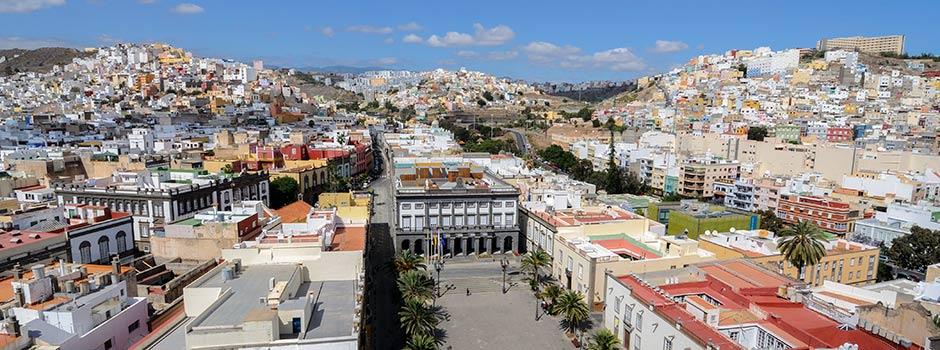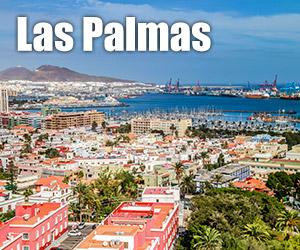Although under Spanish authority, Gran Canaria has its own government and special status within the EC. King Juan Carlos I and Queen Sofia represent the Spanish monarchy; their son Prince Felipe is heir to the throne.
Even before the Canary Islands were declared a single province of Spain in 1821, competition for primacy between the two main islands (Tenerife and Gran Canaria) had long been intense.
In the new Spanish Constitution of 1978, the Canary Islands were granted autonomous-region status. In practice this means the archipelago is not completely independent from Spain, but that the regional government does enjoy a great deal of freedom with regard to dealings with internal island affairs.
In 1982 the Canary Islands finally saw their dreams of autonomy come true. Santa Cruz de Tenerife (for the western islands) and Las Palmas (for the eastern islands) jointly conduct the government. Las Palmas has half of the regional government departments while the parliament and its governor are elected by the people of the Canary Islands and appointed by Madrid. The parliament, with 60 delegates, always meets in Santa Cruz de Tenerife.
Gran Canaria, as the third largest island, has 15 members in the Canarian Parliament, an organ that, besides its legislative role, sets island budgets and nominates representatives to present Canarian-related affairs to relevant bodies on the mainland.
Each of the Canary Islands has a cabildo insular (town hall) which allows them to self-govern to a certain extent and to assume control of local services. The islands are further divided into 77 municipios (municipalities), 21 of which can be found in Gran Canaria. An alcalde (mayor) heads up each of these Canarian municipios.



